Using technology as a part of explorative process
Learning to recognise and evaluate arguments and their reasonings
Practicing to use imagination and to be innovative
Encouraging students to be innovative and express new ideas
Practicing creative thinking
Using technology for interaction and collaboration (also internationally)
Using technology to express one’s emotions and experiences
Using technology for interaction and collaboration
Using technology resources for problem solving
Practicing to find, evaluate and share information
Practicing to use information independently and interactively
Learning to understand and interpret diverse types of texts
Using technology as a part of explorative and creative process
Learning to understand and interpret diverse types of texts, from vernacular to academic
Enabling the growth of positive self-image
Practicing to give, get and reflect feedback
Practicing to express own thoughts and feelings
Practicing communication through different channels
Learning decision-making, influencing and accountability
Learning to listen other people’s opinions
Practicing to argument clearly own opinions and reasonings
Practicing to work with others
Encouraging to build new information and visions
Supporting student to build their own linguistic and cultural identity
Learning to build information on top of previously learned
Encouraging the growth of positive self-image
Practicing to recognize and express feelings
Practicing to evaluate one's own learning
Practicing to set one's own learning goals
Practicing to take responsibility of one's own learning
Practicing to find ways of working that are best for oneself
Practicing persistent working
Understanding and interpreting of matrices and diagrams
Practicing logical reasoning to understand and interpret information in different forms
Practicing versatile ways of working
Practicing time management
Encouraging positive attitude towards working life
Learning to understand the meaning of rules, contracts and trust
Learning to understand people, surroundings and phenomenons around us
Learning to face respectfully people and follow the good manners
Practicing to notice links between subjects learned
Learning to notice causal connections
Learning to plan and design own written content and textual representations
Familiarizing with the influences of media and understanding its affordances
Practicing decision making
Learning to plan and organize work processes
Learning consumer knowledge and smart economics
Learning to combine information to find new innovations
Practicing to notice causal connections
Practicing to look things from different perspectives
Practicing to create questions and make justifiable arguments based on observations
Developing problem solving skills
Practicing to improvise
Learning to find the joy of learning and new challenges



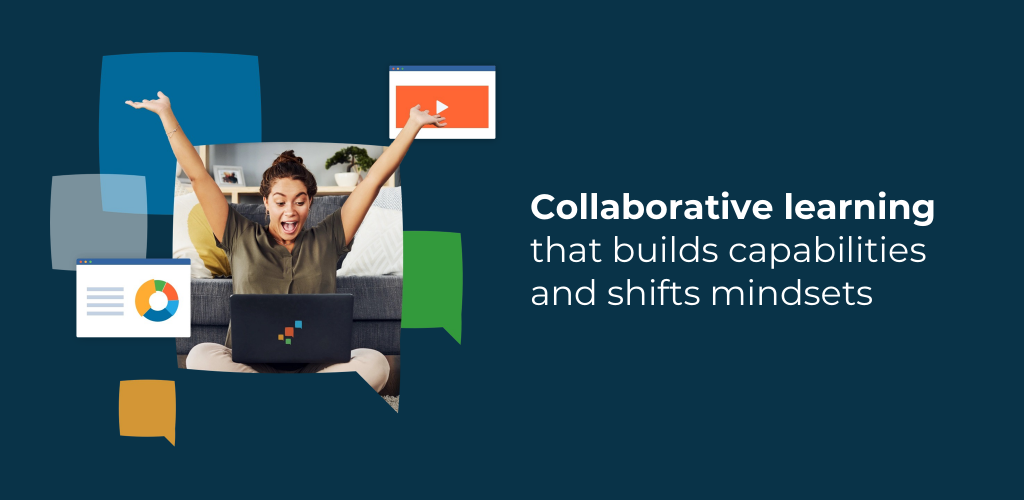
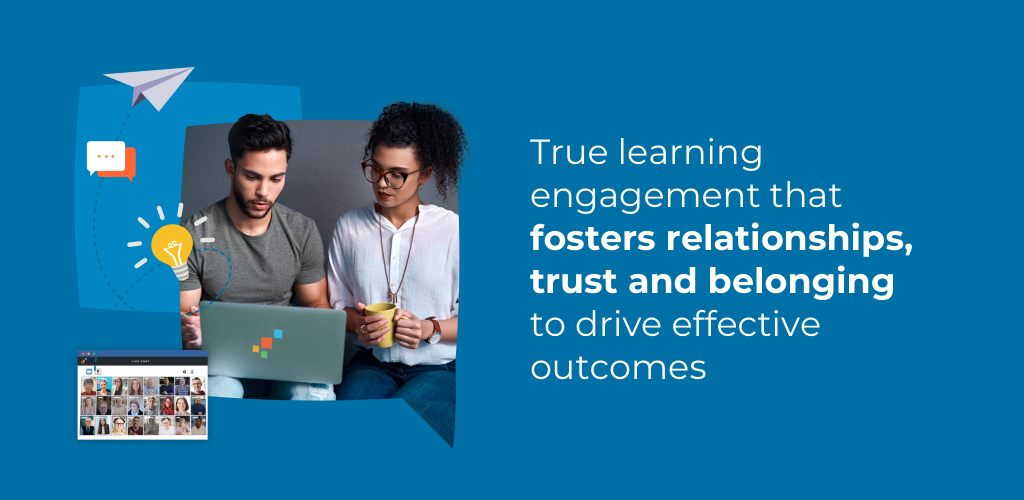
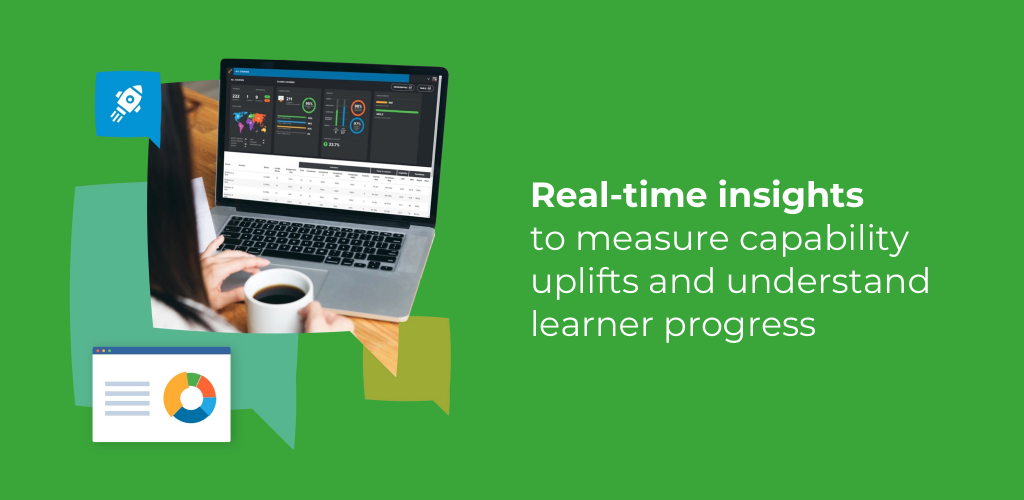
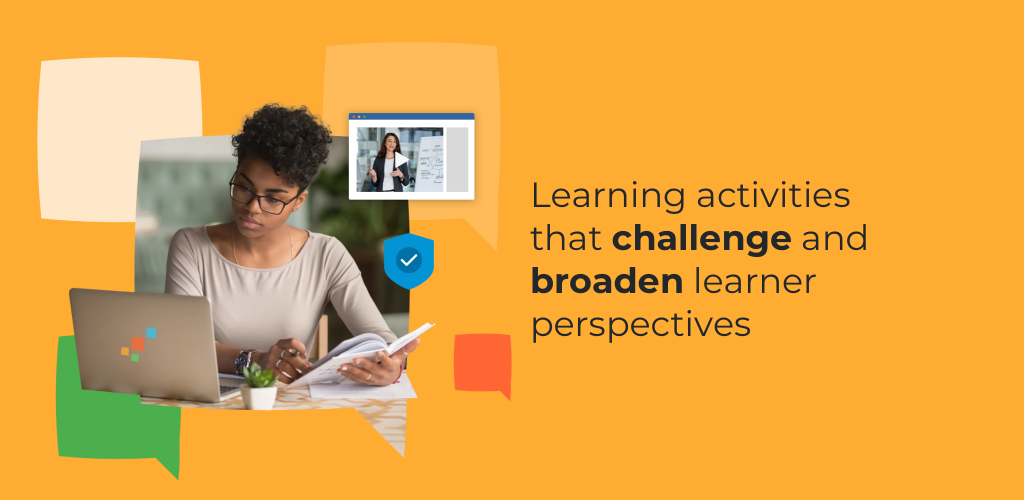
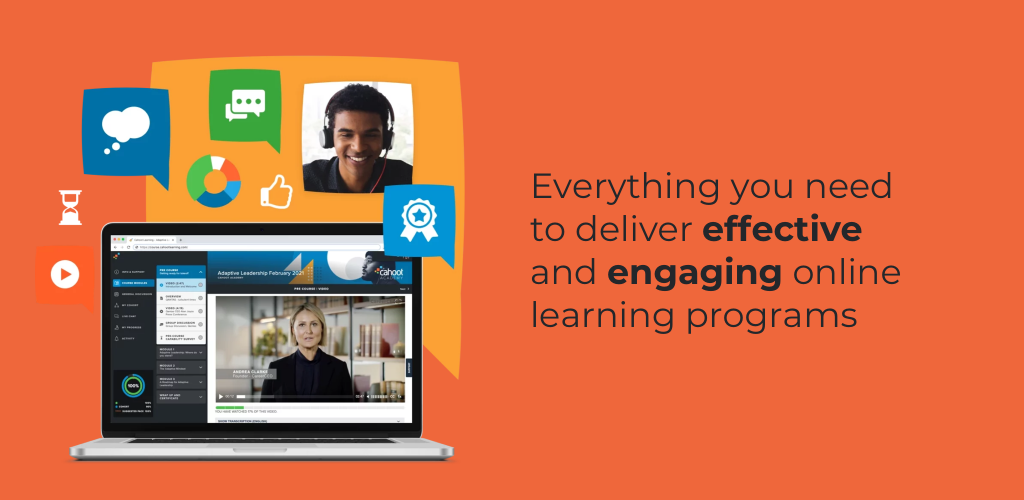
User reviews for Cahoot Learning
You need to log in to post a review.